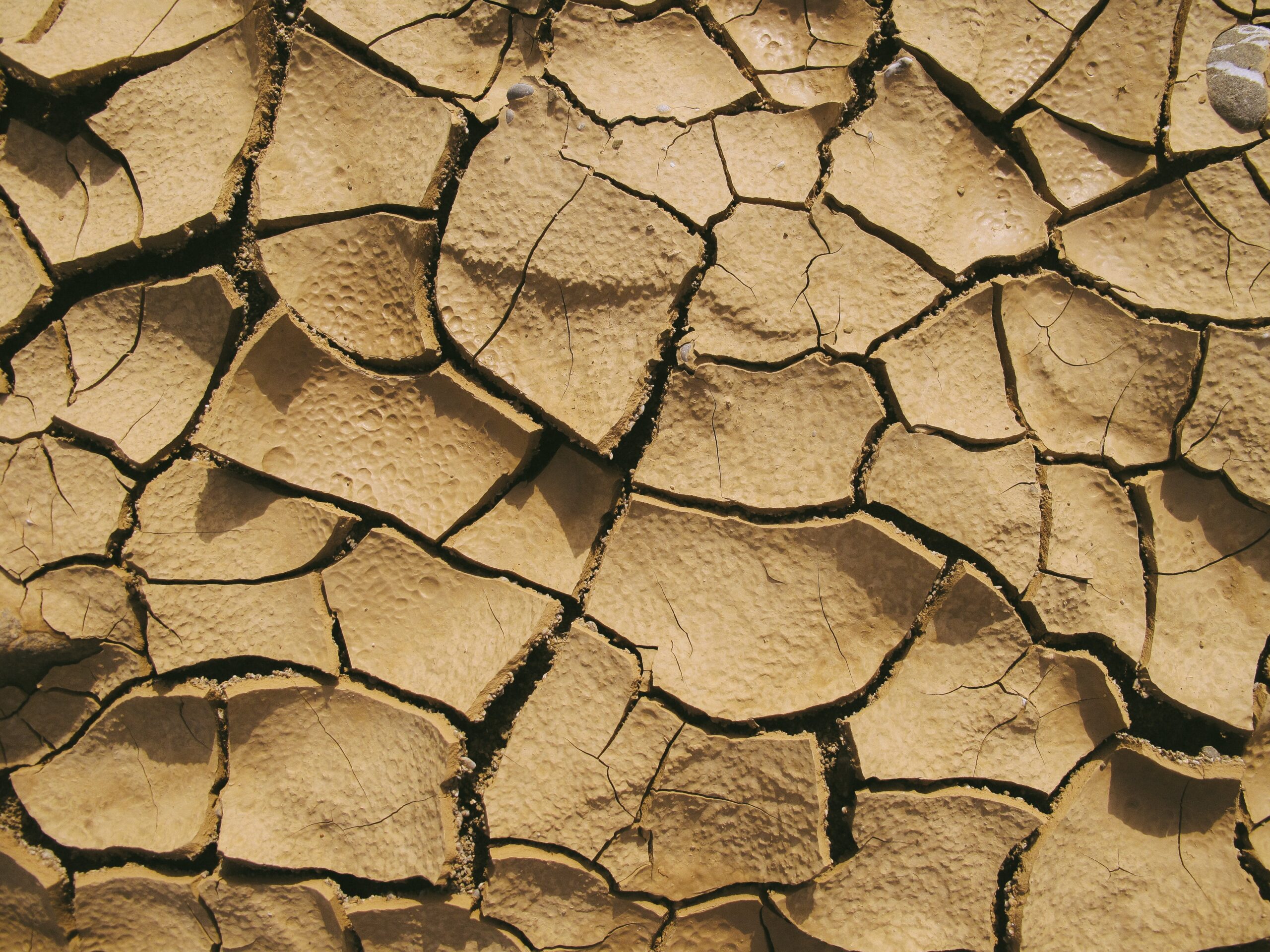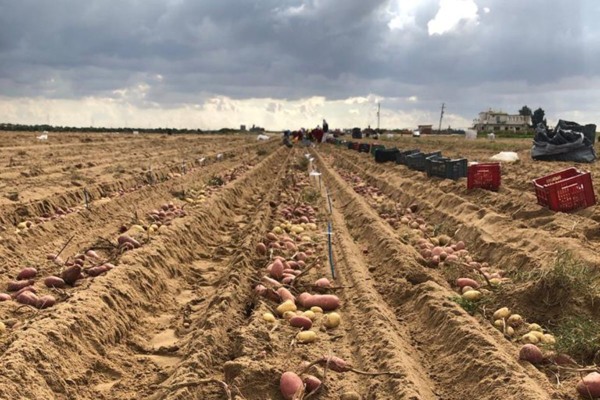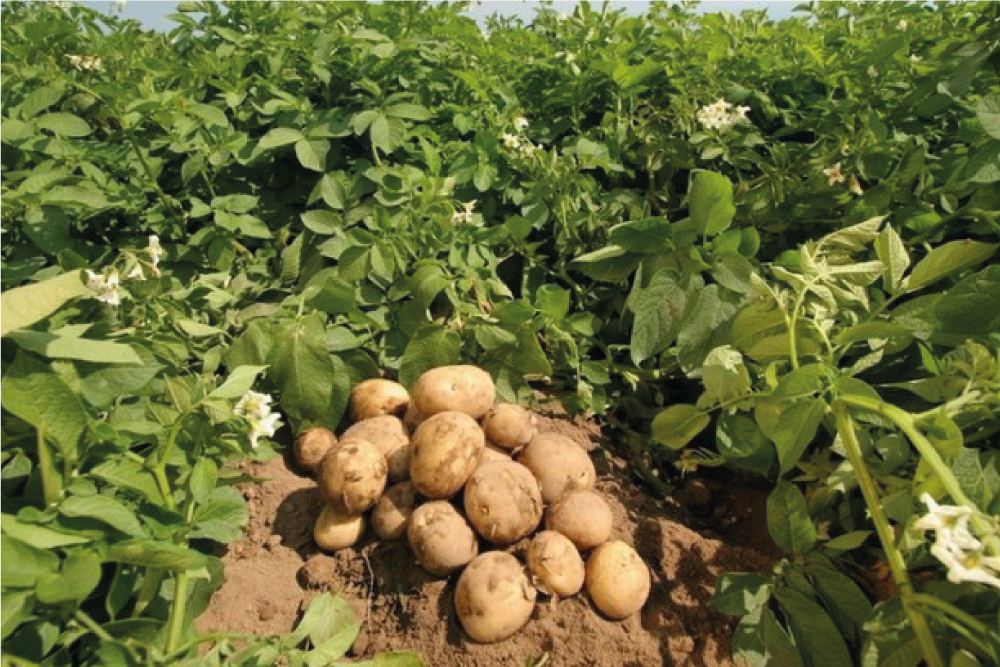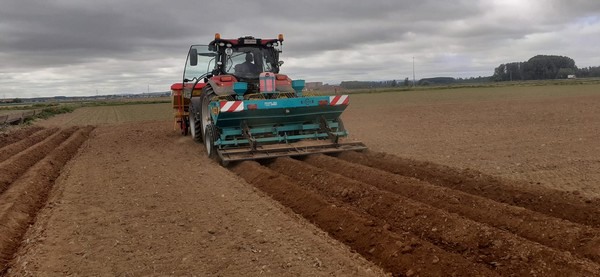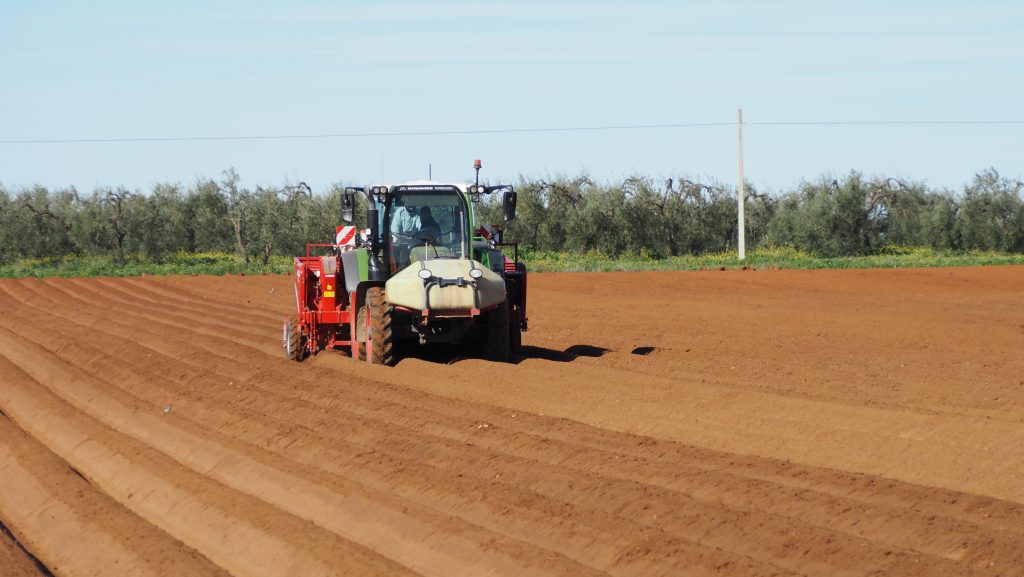
Andalusia is already sowing its early potatoes
Start-ups will take place between the end of April and May and will be destined for export.
The Andalusian early new potato sowing season has recently started in the province of Seville. The province is the leader in new potato production in Andalusia and within the province, municipalities such as La Rinconada, which dedicates around 1,600 hectares to its production, “stand out”.
This is the case of Contagri S.L., which started sowing “around 15 days ago” in the Seville municipality of Aznalcázar, as Aníbal Román explains. The company is growing around 500 hectares of potato which will be started up in April and May and will be destined for the Belgian market.
Farmers are optimistic about this new production. “We hope it will be a good season. The land is in optimum condition“, explains the farmer. Although the professionals continue to look to the skies, worried about the lack of rainfall.
Román acknowledges that they are “worried about the drought because there is little rain and the levels of the wells are dropping”. Added to this, “the quality of the water is getting worse all the time”. Even so, they hope that the “optimisation of resources” will allow them to produce a quality product for the market.
Sowing conditions for export
More than ever, the farmer has to adapt to the demands of the market. In terms of agronomy, varieties, times and even planting frames are adapted to produce the potato demanded by the consumer. “In this case, the planting frame is narrower than what would be established for potatoes destined for national destinations”, explains Aníbal. The reason for this is that the Belgian market demands “smaller and more homogeneous” sizes.
Early Campaign 2023
Farmers are starting this new early potato season with the hope that the results will be better than this year. The early areas of Cartagena and Western Andalusia had an area planted with more than 10,500 hectares of potato (similar to the previous year), but compared to normal yields of 45,000 kg/ha, they did not reach 20,000 kilos in many cases.
This reduction of between 25 and 35% in production, reducing kilos per hectare, and generating a second problem, a significant lack of calibre, was caused by the drought situation and the restrictions applied to irrigation.
To these issues must be added the damage caused by the frosts suffered last winter, due to lost production, and the lower yields of replanted areas.
20% de descuento en tu primera compra online
al suscribirte ahora en nuestra newsletter
Contact
Shop
tiendaonline@patatasmelendez.com
Commercial
comercial@patatasmelendez.com
Quality
incidencias.calidad@patatasmelendez.com
Polígono Industrial "Escaparate" Carretera de Olmedo km 2 47400 Medina del Campo - Valladolid
Las partes, declaran conocer y aceptar las Condiciones Generales de contratación de MELENDEZ MARKET S.L que se encuentran disponibles en sus oficinas sitas en Crta Villaverde km 3 Nave E puestos 32-34 Mercamadrid, 28031 Madrid, en la URL: https://patatasmelendez.com/con en el Registro de Bienes Muebles de Madrid y acuerdan de manera expresa someter a la ley española todo litigio, discrepancia o reclamación resultante de la contratación efectuada, y al Arbitraje del Tribunal de la Asociación para el Arbitraje Mercantil “TAM” de Madrid, en el marco de sus Reglamentos, al cual se encomienda la administración del arbitraje y la designación del árbitro o tribunal arbitral, obligándose desde ahora al cumplimiento de la decisión arbitral.
Ayudas dirigidas al fomento de la industria 4.0 o digitalización industrial en Castilla y León
Proyecto: AUTOMATIZACIÓN Y DIGITALIZACIÓN DE LA NUEVA PLANTA INDUSTRIAL DE PATATAS MELENDEZ.
EXPEDIENTE: 2023/INDUSTRIA 4.0/044
IMPORTE DE LA SUBVENCIÓN: 143.538,71 €.
Proyecto financiado por la Junta de Castilla y León a través de la Consejería de Industria, Comercio y Empleo


